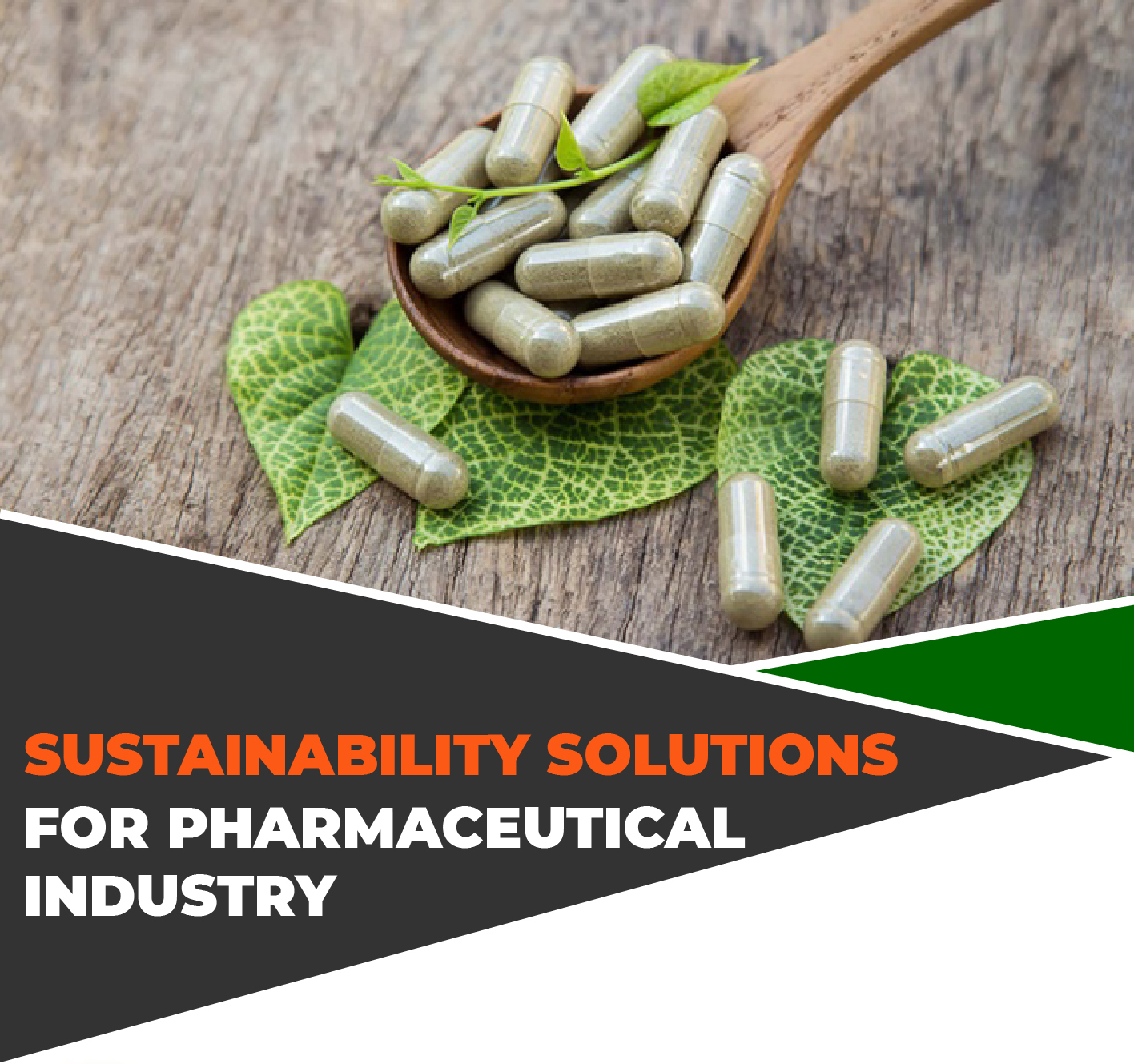


According to the Ministry of Planning and Investment’s report, Vietnam now ranks 16th out of 22 pharmerging countries. BMI statistics also forecast that market will scale up to USD 7.2 billion in 2020 and continue to increase by at least 10% on average within 5-10 coming years. Average drug spending per capita in Vietnam is currently at USD 33/person/year. The figure is forecast to amount to USD 55 USD/person/year by 2021.

In a recent report, KIS Vietnam (KIS) Securities Company indicated that there were more and more people joining social insurance with ever-increasing health awareness, which is a “plus point” for the growth potential of the industry.
Such an alluring growth potential has led major non-pharma domestic investors such as Mobile World, FPT Retail, Digiworld, Nguyen Kim or giant Vingroup also shift their focus on this industry. In particular, foreign pharmaceutical corporations also actively engage in production in Vietnam such as Sanofi, Taisho and Abbott. However, growth sustainability of the pharmaceutical industry remains questionable when business results have yet adequately reflected the potentials.

However alluring these numbers are, the pharmaceutical industry’s sustainability depends on many factors. The 2018 business performance shown that the pharmaceutical industry was strongly divided, the reason for which lies in the initiative in production and raw materials.
Since mid-2018, prices of drug active ingredients imported from China have increased significantly from 15% to 80%. Meanwhile, a number of Vietnam’s pharmaceutical firms are now highly dependent on drug raw materials imported from China, so such a sharp increase has narrowed down their gross profit margins.
According to statistics of 12 pharmaceutical companies listed in the stock market, only 25% of companies achieved a 2-digit growth while others see a slight or even negative growth.

The thing is all of 3 companies with 2-digit growth over the last year are those that have distinguished stories related to investment in production of domestic drug and development of raw materials. In particular:
Foripharm (DP3) registered a sudden increase in profit by 110% last year.
The success is attributed to the fact that the company’s GMP factories have operated with the maximum capacity and actively stored raw materials in 2017 and avoided the shock of increase in raw materials in 2018 then.
As a top 10 pharmaceutical company, Imexpharm (IMP) stood out with a growth of 18%. This is mainly because the company has continuously strengthen its investment in construction of factory and raw material areas over the past few years, which is strength driving the company to grow. Apart from European standard high-tech drug production factories, Imexpharm has developed a procedure for strict evaluation of suppliers (both domestic and foreign) and manufacturers to ensure inputs to be of high quality and famous all over the world in Europe and US. Thanks to such procedure, input sources are in stable supply from the world’s leading manufacturers and avoid being impacted by short-term fluctuations.
From the onset, once orientating its core product that are prepared from herb based on the East traditional remedy combined with modern technology in order to optimize product quality and reasonable price, OPC has heavily invested raw material areas and drug production factory. In recent years, OPC has built a Desmodium styracifolium area in Bac Giang, expanded raw material processing assembly. Thus, despite the hike in Chinese drug materials, the company still achieved a 2-digit growth thanks to its initiative in the majority of input materials.

According to statistics on business performance, despite such an alluring industry and “open-wide output”, the success is not guaranteed to all.
Given the ample opportunities and great growth potentials, businesses need to solve the problems of raw materials in an attempt to ensure sustainable input.
Under a guidance as to the development of Vietnam’s pharmaceutical industry by Prime Minister Nguyen Xuan Phuc, development of raw material areas is considered as a number-one priority.

– To develop pharmaceutical industry with domestic raw materials is a strategy of healthcare sector.
– To invest in scientific and technological research, manage production in chain model, deep processing and ensure high quality; to facilitate and resolve difficulties to develop drug material enterprises; and to promote advertisement and marketing of drug material products.
– Municipalities and provinces with great potentials for drug materials attract investments in processing plants at large-scale material areas.
– To research and develop centers that sell and purchase drug in the Northern, Central, Southern and Tay Nguyen regions; and to develop drug production, processing, storage and delivery chains.
Accordingly, many enterprises have taken advantage of support for development of raw materials. For example, Traphaco has exploited the Government incentives and invested in the domestic material area for drug production to avoid the price shock. In 2019, it is forecast to achieve VND 228 billion, much higher as compared with VND 175 billion in 2018.
According to DHG Pharma, the company has continuously invested and selected the material sources and reliant partners to cooperate and enhance factory standards, and so improve product quality provided to domestic consumers and exported to high-demanding markets in the world. The company has invested thousands of billions in R&D and aimed to research and develop a wide range of new products, which is a leverage for the company to set foot in 2019.






